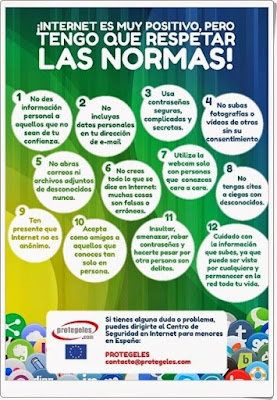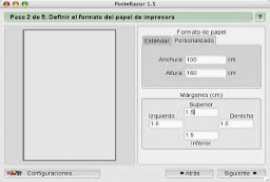
For a dungeon with a lot of rectangular rooms separated by halls or tunnels, this would work well. Then just print the map one room at a time. Our first option was to redesign the map so that each room fit on one sheet of paper. We explored three different options: Option 1: Redesign the Map as Small Rooms If your map is bigger than a standard sheet of paper (8.5 x 11 inches in the US), then you’ll need to get creative. That means that each square is typically 1" x 1". In our view, a desireable feature of printing maps is getting the scale right so that you can use your minis on the map. We opened the map in Preview, then we went to Tools > Adjust Size and filled it in as follows: We have 22 grid squares, so our image is 22 inches by 20 inches. On a Mac, this can easily be done with the built-in Preview app. Then count the number of grid squares on the horizontal dimension. Find a graphics program that supports measurements in inches (not just pixels). (Some actually involved doing MATH!!!) But we found a much simpler way. While trying our hand at scaling, we read lots of blogs detailing complicated processes. ( Best Quality would give you a grid larger than 1".) If you are printing on a regular printer, you might need to scale the image down. We chose Best Quality because we were planning on printing on a commercial printer (Option 3). With that, we hit Export, repeating this export process for each level of our tower. Each layer (saved as a JPEG) was between 3M and 9M. With Best Quality, the files Dungeon Draft creates are large, but not huge. We’re super thankful that the local Minuteman print shop exchanged several emails with us to look at our images and recommend settings.
#Posterazor compile trial
By trial and error, we arrived at the Best Quality setting for printing. But we learned the hard way that the resulting preset is far too small for printing. Unsurprisingly, when using Roll20, we use the Roll20 preset. And it turned out that the print shop liked the grid because it was easy to check measurements.ĭungeon Draft has several Grid Presets options. But we wanted the grid to be on the printed version. Often times, when we play on Roll20, we turn off the grid on the map and use Roll20’s grid instead. (The default Dungeon Draft assets, in contrast, might be fine as PNG files.) We knew the resulting image size would be important if we were to email the image to a print service.ĭungeon Draft provides the option of overlaying a grid. The Forgotten Adventures assets are rich in color and texture, so JPEG works better. JPEG is a “lossy” format designed for images with lots of different colors and patterns. When it comes to the Export Mode, we chose JPEG.

Export each floor as a separate file.Įxporting was the first step that required really thinking about paper layout. So once we were done creating the map, we just exported each level. Each level can then be exported as a separate file. Exporting The Map to Image Filesĭungeon Draft makes it easy to create multi-level maps. This is the first of four floors for our tower. We’ll talk about that later, exploring three options for large printing. These dimensions do not match a standard paper size, which added a little bit of a complication. The base map size is 22 grid squares by 20 grid squares. We created a four story tower in Dungeon Draft. We’re also using the Forgotten Adventures Dungeon Draft Integration. In this tutorial, we’ll use another of our favorites: Dungeon Draft.

The paper on the table is a map that shows the location of the enemy.Įarlier this year, we reviewed Campaign Cartographer. In-game, these papers hold a clue to help the party reach their next milestone. For example, in our map, we placed a few pieces of paper on a table. It is fun to realize that exact layout you have in mind, and also fun to hide little things here and there for your players. A few of our favorites are Mike Schley and 2 Minute Tabletop.īut we also enjoy making maps ourselves. And we know of dozens of artists who provide cheap premium maps for download. There are many freely available maps online. Then we look at three ways to print the map (modular, sliced, and commercially printed). In this article, we talk about how we created and exported the map, and how we scaled the image (the easy way). We took an encounter map we created in Dungeon Draft and explored our printing options. So we at Loot & Liar decided to experiment. Going back to hand-drawn maps on a wet-erase grid seemed like a little bit of a let down. But after a year of playing on Roll20, we have fallen in love with those flashy battle maps. As we slowly move back to actual tabletop play, we’re finding renewed interest in the pen-and-paper parts of the game.


 0 kommentar(er)
0 kommentar(er)
